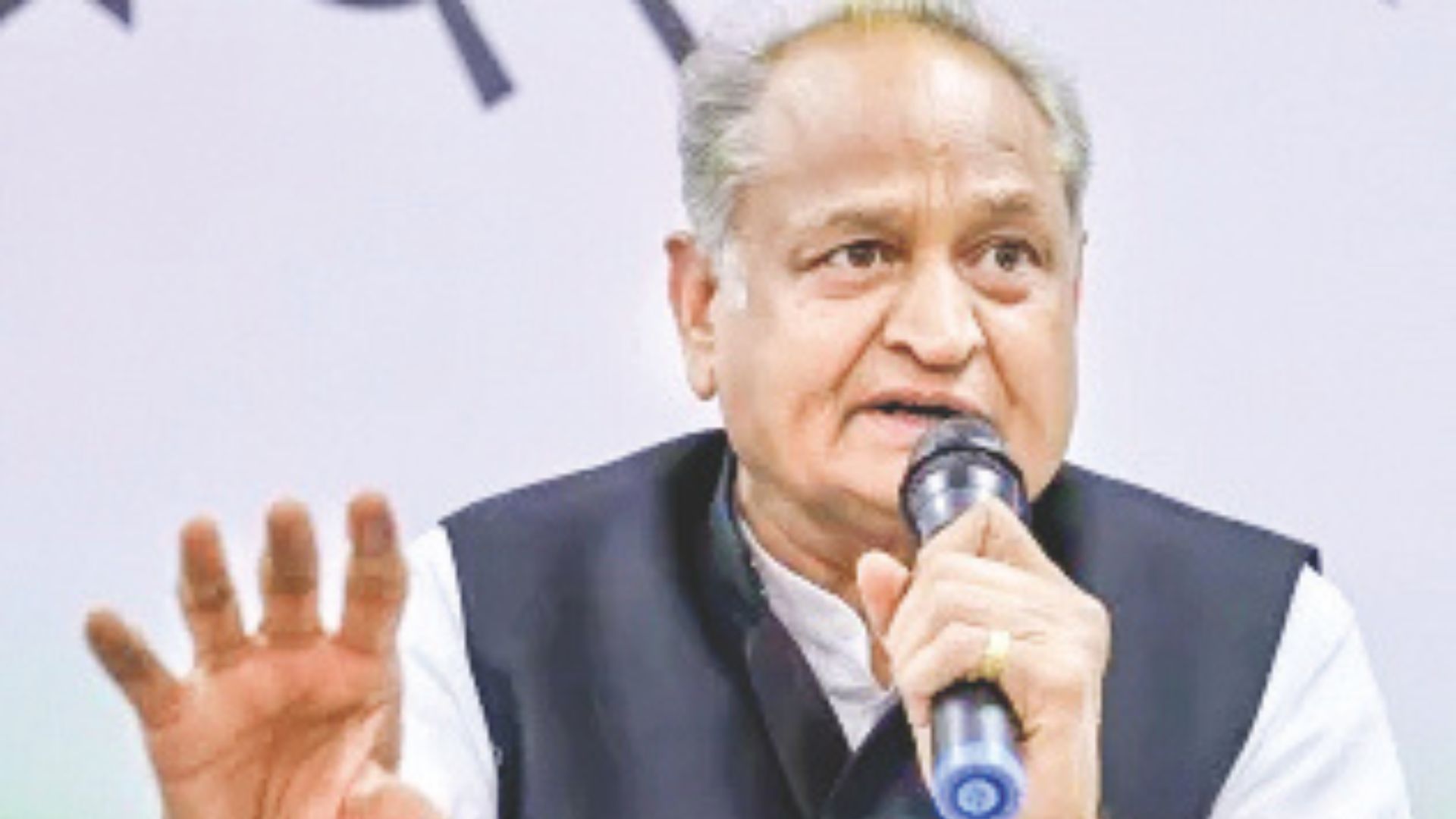
“Let us allow ourselves to become our own spiritual leader. Let our feelings be filled with love”
— Dadi Janki
The language of silence is the language of our eyes, feelings and attitudes. It has a powerful vocabulary that we all use, but most of us are not aware of it or use it in a negative way. For example, when we are angry or dislike someone, even if we keep our mouth shut, our eyes take on a critical or ferocious look – hence the expression: ‘If looks could kill…’.
When our attitudes and feelings toward someone are negative, we emit a repelling vibration that they pick up. This kind of energy is often found in workplaces and relationships where issues are not communicated verbally, and festering discontent creates an atmosphere of non-cooperation and heaviness. This inevitably leads to misunderstandings; when we feel rejected or criticised, the mind always focuses on the worst aspects and actions of those we feel are judging us.
Instead of employing the language of the eyes, feelings and attitude in this destructive way, we can try out the positive language of silence. Next time you feel angry or negative toward someone, simply be still and quiet, and contemplate yourself, the other person and the present moment. This helps to let go of that negativity and reveals the ‘grammar’ and ‘tense’ of silence. It is simply this:
I am: Contemplate the ‘I’ of the pure self – the soul.You are: Acknowledge the existence of the other.Now: Acknowledge the present tense – we live in the present moment.
By tuning in to all three elements, we use the language of silence positively. This language of respect, acceptance, appreciation and inclusiveness has its truest expression in non-verbal communication, particularly the body language of the eyes and face, for our body language is a reflection of our thoughts, feelings and attitude, whereas when we communicate using words, we often camouflage our real feelings and negative attitudes.
Practising silence is about being present in each second, in the now. When we have an awareness of the present moment, and of the thought created in that moment, we gradually learn to cancel out the past and future and be truly here in the present. Then we can recognise and take the opportunities that life is offering us. Using the language of silence equips us to see this, whereas previously our minds were cluttered with the noise of the past and the future.
This new language brings with it a new way of seeing and thinking; we find ourselves thinking far less and, with the energy we save as a result, can increase the quality of our speech, actions and relationships.
The biggest challenge in learning the language of silence is to let go of our innate human compulsion to incessantly think, speak and do.
By slowly focusing on and remembering the original state of the self, and not allowing the mind even one ‘what?’, ‘why?’ or ‘how?’ then gradually, and with little struggle or effort, you build inner contentment and a natural release from burden, stress and wasted energy.
The late Anthony Strano was an author and Rajyoga teacher with the Brahma Kumaris.















